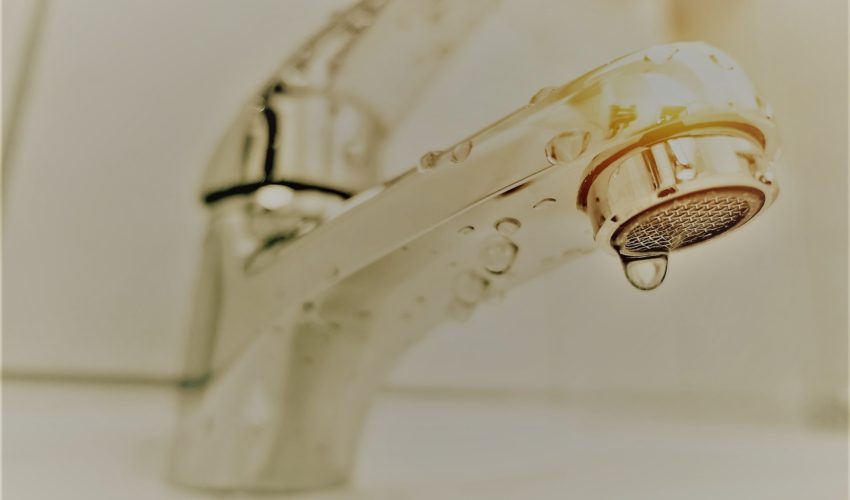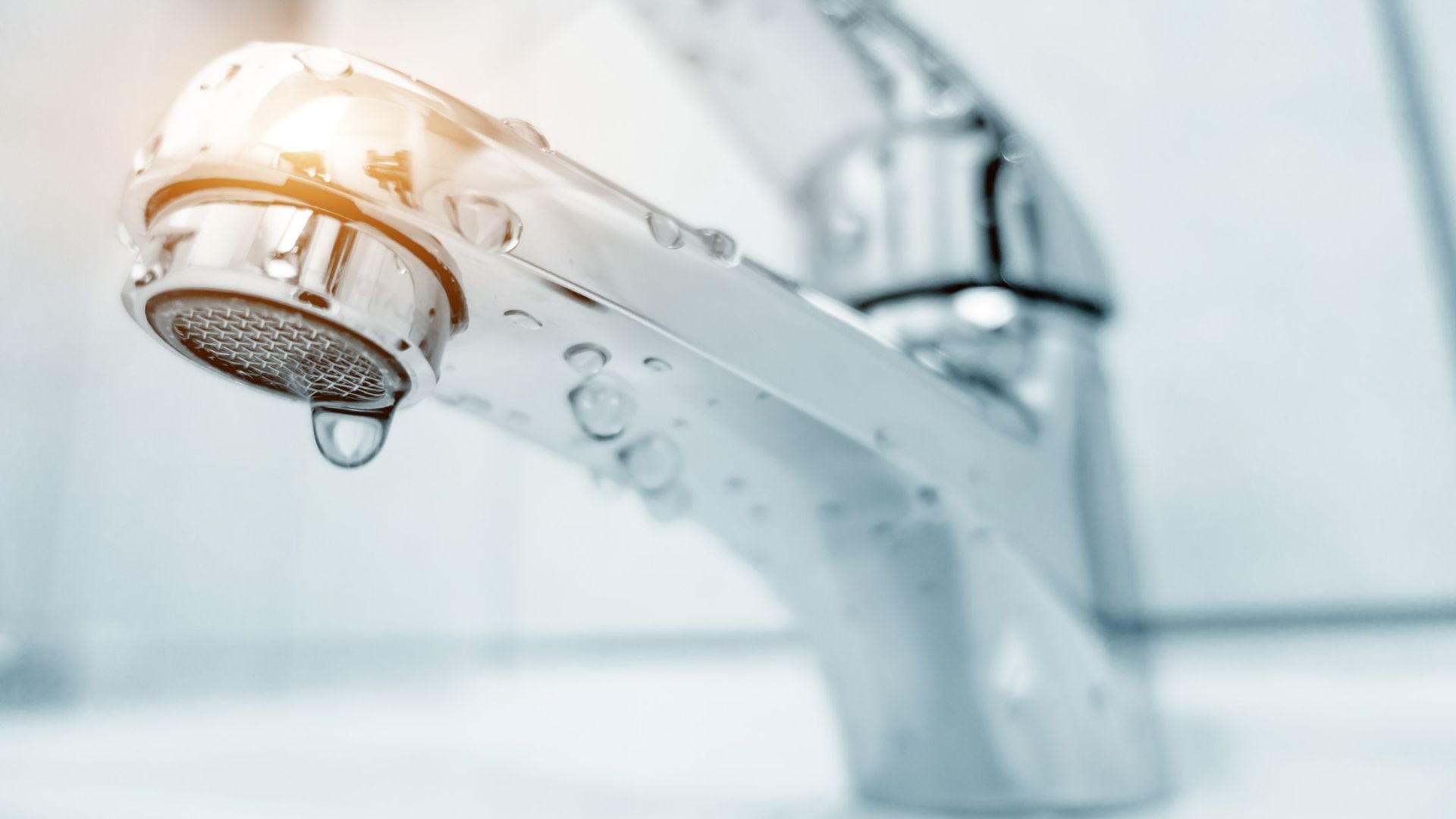Our Complete Advice to Resolving Low Water Pressure in Your Home
Our Complete Advice to Resolving Low Water Pressure in Your Home
Blog Article
The article on the next paragraphs involving 10 Reasons for Low Water Pressure in Your House is relatively interesting. You should investigate for yourself.

Low water pressure in your house can be an irritating trouble, impacting every little thing from bathing to cleaning recipes. If you're experiencing weak water circulation, there are several possible causes and services to explore. In this overview, we'll talk about typical reasons for low water pressure and practical steps to address the issue properly.
Intro to Low Tide Stress
Low tide pressure takes place when the flow of water from your taps, showers, and various other components is weaker than typical. This can make everyday jobs extra tough and much less efficient. Understanding the root causes of low tide pressure is critical to discovering the ideal remedy.
Common Reasons For Low Water Pressure
Pipeline Obstructions
With time, pipes can end up being clogged with natural resource, debris, or particles, restricting the flow of water. This is a common problem in older homes with galvanized steel pipes.
Deterioration
Rust within pipes can result in leakages and decreased water stress. Corrosion buildup can restrict water flow, specifically in maturing plumbing systems.
Faulty Stress Regulators
Pressure regulatory authorities are in charge of keeping consistent water pressure in your house. If they malfunction, it can cause low tide stress or irregular flow throughout your house.
Municipal Supply Of Water Issues
Sometimes, the trouble exists outside your home. Local water supply issues, such as main line leaks or maintenance job, can briefly decrease water pressure in your location.
Exactly How to Diagnose Low Tide Pressure
Checking Faucets and Components
Begin by checking the water stress at different taps and fixtures throughout your home. If the issue is isolated to particular areas, it might indicate localized troubles.
Checking Pipelines
Examine noticeable pipelines for signs of leaks, deterioration, or clogs. Take notice of any type of uncommon audios, such as banging or rattling pipelines, which can show concerns within the plumbing system.
Consulting with a Plumber
If you're not able to identify the cause of low tide pressure, think about employing an expert plumber to perform a detailed inspection. They can determine underlying issues and advise proper services.
Do It Yourself Solutions to Deal With Low Water Stress
Cleansing Aerators and Showerheads
Mineral deposits can gather in aerators and showerheads, minimizing water circulation. Get rid of and clean these elements routinely to improve water pressure.
Flushing Hot Water Heater
Debris buildup in the water heater can limit circulation and lower effectiveness. Flushing the storage tank occasionally aids remove sediment and preserve ideal performance.
Checking Stress Regulator
Guarantee that the stress regulator is working properly. Readjusting or changing the regulator can aid recover appropriate water pressure throughout your home.
Clearing Up Clogs in Water Lines
For minor obstructions, try making use of a plumbing snake or chemical drain cleaner to clear blockages in pipelines. Be cautious when utilizing chemicals and follow safety and security guidelines.
When to Call a Specialist Plumber
If do it yourself initiatives stop working to fix the issue or if you presume substantial plumbing problems, it's best to look for support from a qualified plumber. They have the expertise and devices to resolve complex problems safely and efficiently.
Safety Nets to Keep Water Pressure
Regular Upkeep
Arrange routine upkeep for your plumbing system to avoid issues such as deterioration, leaks, and obstructions. Resolving minor troubles early can help prevent even more considerable repairs later.
Installing a Pressure Booster
Take into consideration installing a pressure booster pump to boost water stress in areas with constantly reduced circulation. This can be especially helpful for multi-story homes or residential properties with high-demand components.
Tracking Water Use
Be mindful of water use habits and prevent ill-using the plumbing system. Simple modifications, such as staggering showers and laundry tons, can help keep appropriate water pressure.
Verdict
Handling low tide pressure can be irritating, however identifying the underlying causes and applying suitable remedies can restore optimal flow throughout your home. Whether it's cleansing aerators, examining pipelines, or speaking with a plumber, taking proactive steps can make sure a constant supply of water for your day-to-day needs.
FOUR WAYS TO FIX LOW WATER PRESSURE NOW
Turning on a shower or faucet only to find the water comes out in a sad, slow drizzle is never a good feeling. How exactly are you supposed to wash a pan or take a quick shower when it takes 10 minutes just to rinse off a little soap? The good news is that when your water pressure is bad, there's always a cause: typically one that can be easily fixed. Here are some of the most common causes of low pressure and what you can do to fix the issue:
DEBRIS AND MINERAL DEPOSIT BUILDUPS
If you notice low water pressure from just one or two of the fixtures in your house, the problem likely has to do with debris buildup. Water is full of minerals and other debris, all of which can accumulate in your pipes and on your fixtures. This can cause a blockage that affects how much water flows through. To fix this, try filling a small plastic bag with white vinegar, and use a rubber band to hang it around your showerhead or faucet. Let the head of the fixture soak for a few hours, and the vinegar should loosen the deposits.
WATER LEAKS
Leaks are another common cause of low water pressure. If water is flowing out of your plumbing through a hole or crack before it can reach your fixture, the pressure coming out of the faucet or showerhead will be lower. A plumbing professional is your best bet for finding and repairing a leak in your water supply pipes.
Leaks are another common cause of low water pressure. If water is flowing out of your plumbing through a hole or crack before it can reach your fixture, the pressure coming out of the faucet or showerhead will be lower. A plumbing professional is your best bet for finding and repairing a leak in your water supply pipes.
FOUR WAYS TO FIX LOW WATER PRESSURE NOW
Turning on a shower or faucet only to find the water comes out in a sad, slow drizzle is never a good feeling. How exactly are you supposed to wash a pan or take a quick shower when it takes 10 minutes just to rinse off a little soap? The good news is that when your water pressure is bad, there's always a cause: typically one that can be easily fixed. Here are some of the most common causes of low pressure and what you can do to fix the issue:
DEBRIS AND MINERAL DEPOSIT BUILDUPS
If you notice low water pressure from just one or two of the fixtures in your house, the problem likely has to do with debris buildup. Water is full of minerals and other debris, all of which can accumulate in your pipes and on your fixtures. This can cause a blockage that affects how much water flows through. To fix this, try filling a small plastic bag with white vinegar, and use a rubber band to hang it around your showerhead or faucet. Let the head of the fixture soak for a few hours, and the vinegar should loosen the deposits.
WATER LEAKS
Leaks are another common cause of low water pressure. If water is flowing out of your plumbing through a hole or crack before it can reach your fixture, the pressure coming out of the faucet or showerhead will be lower. A plumbing professional is your best bet for finding and repairing a leak in your water supply pipes.
Leaks are another common cause of low water pressure. If water is flowing out of your plumbing through a hole or crack before it can reach your fixture, the pressure coming out of the faucet or showerhead will be lower. A plumbing professional is your best bet for finding and repairing a leak in your water supply pipes.
A VALVE ISSUE
If you have low water pressure throughout your home, check your main shut-off valve to make sure it's completely open. You may also want to see if there's a pressure-reducing valve installed. If there is, have a plumber help you adjust the settings to get the pressure you're looking for.
OTHERS USING WATER
Believe it or not, your low water pressure could be caused by your neighbors. If you notice low pressure at certain times of day, it may be because you and the people living next to you have similar schedules - when everyone is showering at the same time, the pressure will be lower in every home. Low pressure throughout the neighborhood may also be caused by an issue with your municipal water supply. If that's the case, call the supplier to see if they're working on the issue.
https://www.rotorooter.com/blog/water-leaking/low-water-pressure-fixes/

I am very serious about Low Water Pressure in the House? and I'm hoping you enjoyed my page. Are you aware of somebody who is inquisitive about 9 Reasons for Low Water Pressure in Your House? Feel free to promote it. Thank you so much for going through it.
Book Report this page